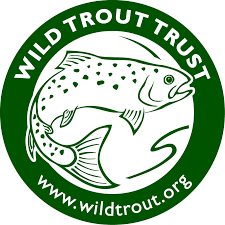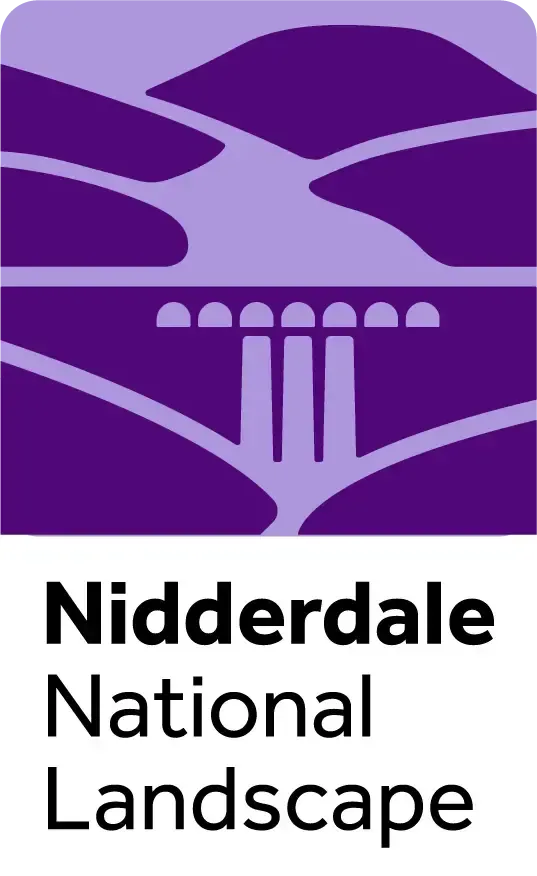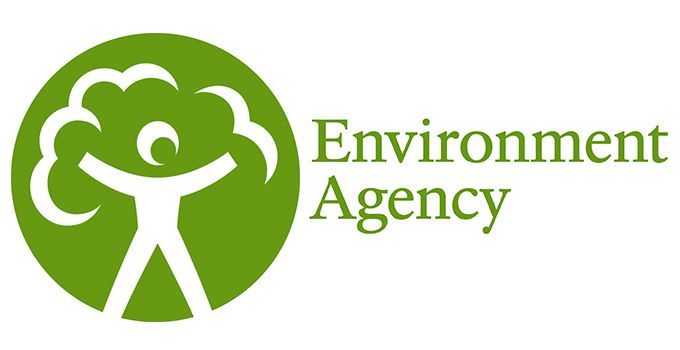iNidd
Investigate, Improve, Innovate and Inspire….iNidd
Project Overview
Working together with communities to improve the River Nidd and its catchment.
Riverfly Monitoring
More than 30 trained volunteers are helping protect the River Nidd through our iNidd Riverfly Monitoring Programme.
Each year, from May to September, volunteers carry out monthly riverfly surveys to monitor the presence and abundance of key freshwater invertebrates. These species - known as positive indicator species - help us to understand the health of our rivers.
All results are submitted online and freely available via the Riverfly Partnership website, contributing to a nationwide effort to safeguard river ecosystems. Unlike single water samples, riverfly monitoring tracks changes in water quality over time, making it easier to detect pollution events and identify those rivers that are suffering the most.
This citizen science project not only strengthens our understanding of river health in Yorkshire, but also empowers local communities to take action in protecting rivers by contributing to a key ecological dataset.
To find out more or get involved email:
volunteering@ydrt.co.uk

Big Nidd INNS
We are devising a long-term strategy for controlling Himalayan balsam on the River Nidd, an invasive non-native species (INNS) that degrades riparian habitats. Himalayan balsam spreads rapidly and out-competes native flora, creating a mono-culture along our riverbanks. When Himalayan balsam dies back in winter, it leaves bare and exposed soil which erodes rapidly, causing excessive bankside erosion and high levels of silt entering the river. Fine silts smother and degrade the riverbed and gravels, destroying key habitat for fish and invertebrates.
Big Nidd INNS aims to tackle Himalayan balsam across the catchment and prevent further spread by working strategically from the upper catchment downstream.
The project has trained volunteers in surveying for INNS, helping to identify the Himalayan balsam’s range, aiding a strategic and targeted control programme.
To find out more or get involved email:
volunteering@ydrt.co.uk or visit the INNS Mapper website.

Harrogate Becks
This project is working to investigate and improve the becks of Harrogate; Bilton Beck, Oak Beck, and Crimple Beck.
This collaborative programme brings together experts from the Wild Trout Trust, trained volunteers, and local action groups to tackle key river health challenges.
Early walkover surveys with the Wild Trout Trust have highlighted issues including urban pollution, barriers to fish migration, invasive non-native species, and channel modifications. To investigate these problems, volunteers have been trained in Outfall Safari, MoRPh Cit Sci, and INNS Mapper survey methods. Results from these investigations are being used to target restoration interventions to improve the health of Harrogate’s becks.
This is a
long-term river restoration project designed to upskill local communities, empower volunteers, and protect Harrogate’s urban rivers for future generations.

Operation Outfall
Many urban rivers in the UK suffer from pollution caused by drain misconnections.
A misconnection happens when wastewater pipes are wrongly connected to the clean surface water drainage network. Unlike wastewater systems, surface water drains are designed only for rainwater, which flows directly into nearby rivers and streams.
Misconnections often occur when homeowners unknowingly connect new appliances to the wrong drain, or in more serious cases, when developers connect entire housing estates incorrectly. This allows untreated wastewater - including chemicals, cleaning products, and food waste - to flow straight into rivers. The result is severe pollution that harms aquatic life and damages river ecosystems.
Operation Outfall is tackling this issue in Harrogate and Knaresborough. Working in partnership with Yorkshire Water, North Yorkshire Council, and the Environment Agency, we are training volunteers to survey rivers during dry weather. Volunteers monitor outfalls, take water samples, and collect evidence of misconnections.
The findings will support local authorities in fixing misconnected drains and raising awareness of correct wastewater management at home.
Our one minute long education video short tells you everything you need to know about misconnections:
Hello Lamp Post
We have worked closely with the Environment Agency and Nidd Action Group to install 10 interactive, AI-powered, signposts across Harrogate.
People can interact with the Hello Lamp Post signs to ask questions, report pollution incidents and learn more about the River Nidd.
This project is the first of its kind, trialling the use of AI as a citizen science method to collect data on the health of the river.
Signs are located near water courses around Harrogate, including: Valley Gardens, Oak Beck Park, The Woodland Trust carpark at Nidd Gorge, Conygham Hall, Harlow Carr, Crimple Beck at Burn Bridge, Hookstone Beck, Oak Beck at Spruisty Bridge and Knaresborough Lido.

iNidd Steering Group
The iNidd programme is steered by a group of partners, including the Environment Agency, Nidderdale National Landscapes, North Yorkshire Council, Freshwater Habitats Trust, Wild Trout Trust, Nidd Action Group, Yorkshire Water, Yorkshire Wildlife Trust, and key landowners. Facilitated through the
Dales to Vale River Network, the group works together to identify collaborative opportunities, steer and prioritise work and develop partnership projects for the Nidd catchment. The steering group meets on a quarterly basis to update on progress and to develop ongoing projects. If your organisation would like to be involved
contact us.




